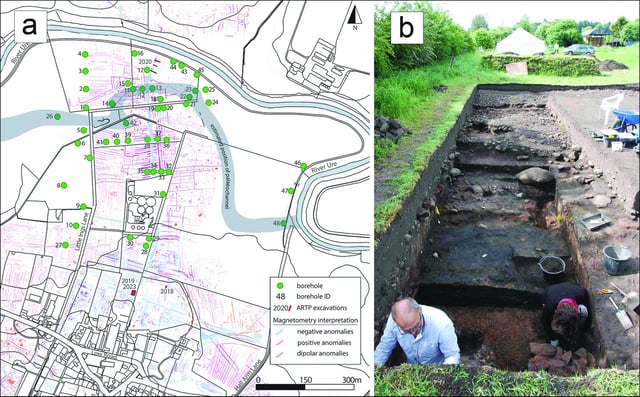Overview
- Researchers from Nottingham, Cambridge and partners analyzed a five‑metre sediment core at Aldborough, the Roman town of Isurium Brigantum, producing the first unbroken metal‑pollution timeline from about AD 345 to 1700.
- Lead and iron indicators fell only slightly after the early 400s and then rose through the early–mid 500s, evidencing sustained large‑scale metalworking in the post‑Roman centuries.
- The record shows a sharp collapse in metal production around AD 550–600, which the team says could relate to the Justinianic plague, though the cause is not proven.
- The findings challenge a blanket ‘Dark Ages’ collapse narrative by documenting regional economic continuity and later swings that align with known events.
- Subsequent fluctuations include a slump after Henry VIII’s Dissolution of the Monasteries and a late‑16th‑century revival linked to Elizabeth I’s wars.

